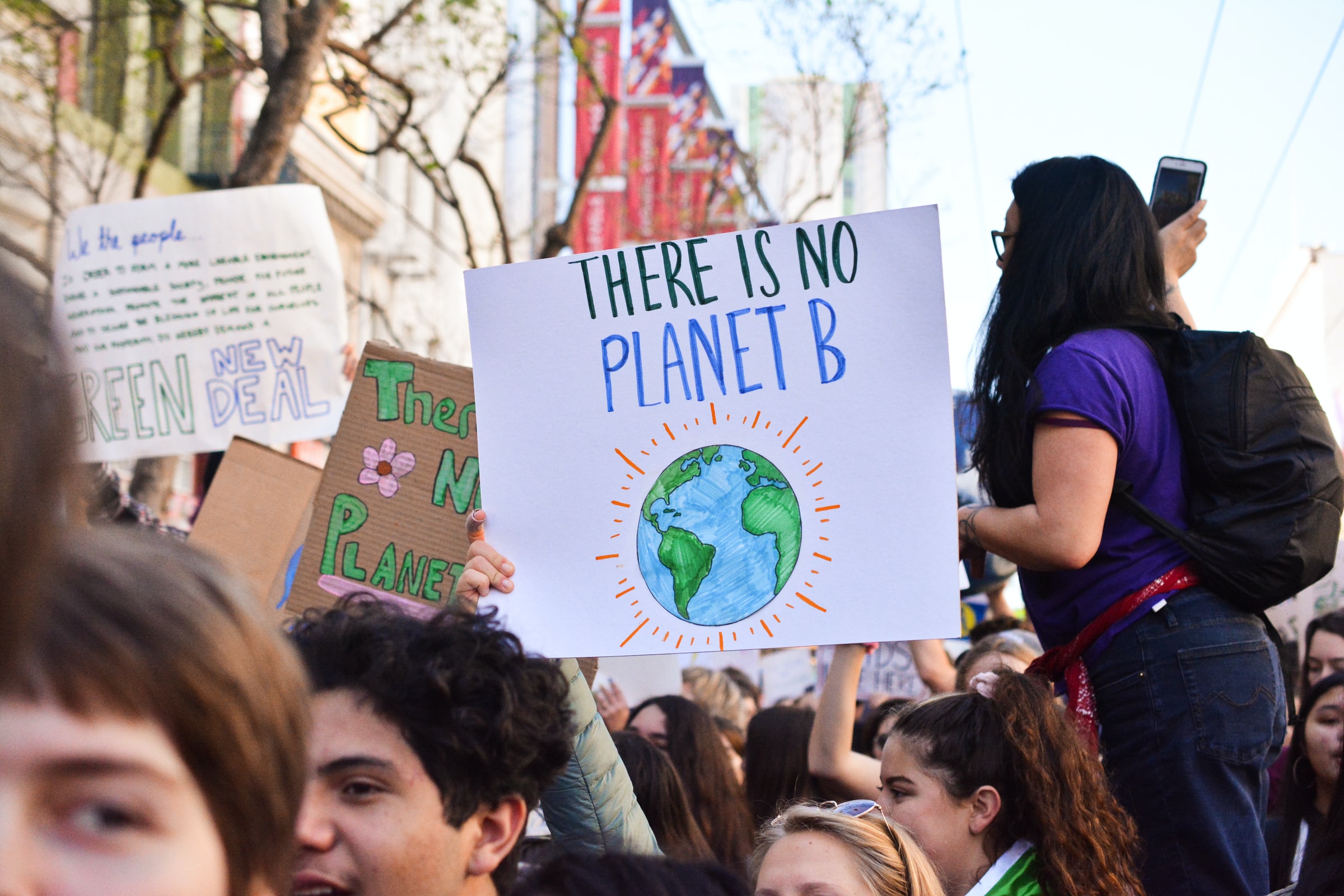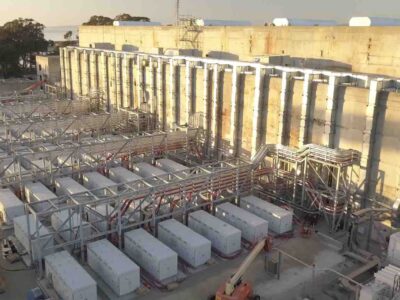(Bloomberg) —
It’s been a momentous week for our understanding of the effects of greenhouse gas emissions. The Intergovernmental Panel on Climate Change’s sixth report on the physical science of global warming on Monday brought home the connection between burning fossil fuels and the floods, heatwaves and wildfires we’ve seen this summer.
The report explained that destructive extreme events — such as heat, droughts and cyclones — are already being worsened by man-made climate change. The findings were hardly surprising to those who follow climate science closely, but the gravitas of the report, which summarizes work by thousands of academics, will shift the broader conversation on global warming for years to come.
That we now acknowledge, without doubt, that rising global temperatures are causing more extreme weather underlines the importance of all the work being done to assess the financial costs of climate change. It is also a reminder that financial analysts, policymakers and economists can’t begin to capture the full scale and effect of a warming planet.
The IPCC is conservative in its assessments, and rigid in how it describes the state of research, particularly in the Summary for Policymakers, which must be signed off by every government represented in the United Nations. It’s thus striking how much more confident its language has grown in terms linking of a hotter world to deadly floods and heatwaves.
The source of that clarity is sobering. It’s partly due to advances in scientific knowledge. But as weather disasters become harsher, they also can be more clearly connected to human influence.
What does this newfound certainty mean for investors trying to hedge against climate risks?
A lot of the business world’s understanding of climate change is mediated through firms that provide analysis, data, financial risk management and consulting. It’s a welcome coincidence that the increasingly robust link between disasters and climate change is happening at the same time that much of the financial sector, and indeed the broader corporate world, is under pressure to do more to address global warming. The stronger connection between weather extremes and climate change, as well as increasing attention paid to “event attribution studies” directly linking the two, will likely further boost enthusiasm for climate risk modeling services.
That will be the case even though progress in climate science research won’t necessarily improve the kinds of granular forecasting that businesses and regulators expect. Identifying the fingerprint of emissions in events that just happened is not the same as predicting what kind of damage events that are turbo-charged by climate change might wreak in a particular place in the future.
Moody’s Corp. last week announced it would buy catastrophe risk modeling firm RMS. Even though catastrophe modeling is distinct from climate modeling, Moody’s has been keen to talk up how its climate analysis capabilities can help to boost business lines that take into account environmental, social and governance factors.
The confirmation of weather extremes as an effect of climate change is less welcome for the re-insurers who specialize in natural disasters. Swiss Re estimates that insured losses from catastrophes in the first half of this year topped $42 billion, thanks to Winter Storm Uri that hit the U.S. as well as increased hailstorms and floods.
The only period of higher losses was the first half of 2011 when devastating earthquakes hit two wealthy countries, Japan and New Zealand. And Swiss Re had already seen the writing on the wall. A year ago, it indicated that “secondary” perils such as wildfires and floods were an increasing source of payouts, and one that it was keen to calibrate.
Those estimates, remember, are only insured losses. The woes of reinsurers, and even of their customers, can’t compare with the suffering endured by those who can’t afford or don’t have insurance. That includes much of the world’s poorer countries, and almost anyone affected by extreme heat — a hazard that most policies don’t cover.
Some of the effects of heating the atmosphere by burning fossil fuels will never reliably show up in any kind of risk model, let alone be insurable.
A new feature of this year’s IPCC report was the discussion of “compound events.” These include concurrent heatwaves and droughts, or floods from multiple sources such as a storm surge that combines with river flooding. They are the kinds of tragedies that break the systems that humans rely upon, with devastating effects.
Compound events weren’t mentioned in the last IPCC science summary even though we now know they were likely already occurring. A 2018 paper cited in this year’s report traces three events in 2010 that researchers found “strong evidence” of being linked by atmospheric dynamics. A heatwave in Russia led the country to restrict wheat exports, which may have contributed to instability and uprising in Egypt. It hit at the same time as Pakistan suffered record-breaking floods.
Knowing such calamities are linked to common climate change drivers is useful, of course, but this example illustrates how hard it will be to ever confidently predict how the effects of extremes will unfold. And even if they can be better estimated, it’s not clear how often that information might help prevent losses.
Kate Mackenzie writes the Stranded Assets column for Bloomberg Green. She advises organizations working to limit climate change to the Paris Agreement goals. Follow her on Twitter: @kmac. This column does not necessarily reflect the opinion of Bloomberg LP and its owners.
To contact the author of this story:
Kate Mackenzie in Sydney at kate@katemackenzie.net
© 2021 Bloomberg L.P.





